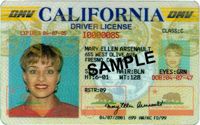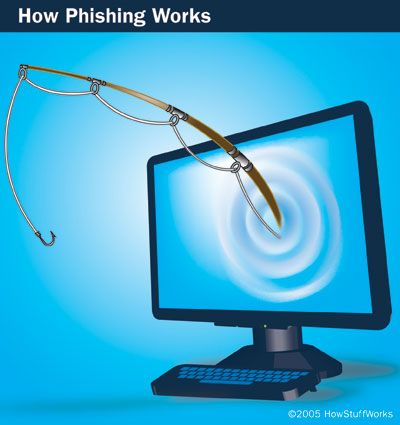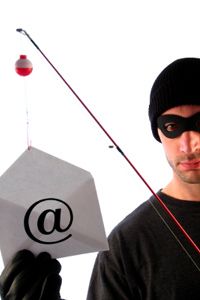Perhaps you've received an e-mail from someone claiming to be a Nigerian government official. He asks for help in placing a large sum of money in an overseas bank account like yours for safekeeping. If you help, you'll share in a percentage of millions of dollars. All you need to do is provide your bank name and account numbers -- and pay some bribes and incidental charges that'll be repaid once the money is deposited. But, if you do as he says, you'll find yourself the victim of online fraud.
Or, maybe PayPal or your bank has sent an official-looking e-mail questioning whether someone else is dipping into your account. For verification, they ask that you click on a link, go to what seems to be their site and type in bank or credit card account numbers. "That's odd," you may think "they already have all that information." And you would be right. Once again, you're staring at potential online fraud.
Advertisement
Before the Internet, fraud attempts were more direct. A stealthy hand in your pocket or purse left you without a wallet and making fast calls to banks and credit card companies to prevent fraudulent charges. Thanks to the Web, and usually a little unknowing help from you, thieves can take your virtual wallet and pilfer its contents without you even realizing it's gone.
In fact, the problem had become so widespread by 2000 that the U.S. Federal Bureau of Investigation (FBI) and the National White Collar Crime Center launched the Internet Crime Complaint Center (IC3) as a clearinghouse to receive and refer Internet-related fraud complaints and reports of other cyber crimes.
By June 2007, IC3 had logged its 1 millionth consumer complaint. The vast majority of cases were fraudulent and involved financial loss, according to the clearinghouse. The total dollar loss for all reported complaints since 2000 was estimated at $647.1 million. However, because only an estimated one in seven incidents is reported, actual losses probably are much higher. Victims of the Nigerian money scam, by the way, lost an average of $5,100 each [source: IC3 press release].
Fortunately, you don't have to wait until your account is drained to discover you've been taken by Internet thieves. Online fraud alerts can give you swift notification about unexpected account activity.
In this HowStuffWorks article, we'll identify the most common types of online fraud, explain how online fraud alerts work and describe the steps to take if you've been taken.
Advertisement






